9 Campuses So Gorgeous I Forgot I Was There To Study — And 5 That Felt More Like Strip Malls
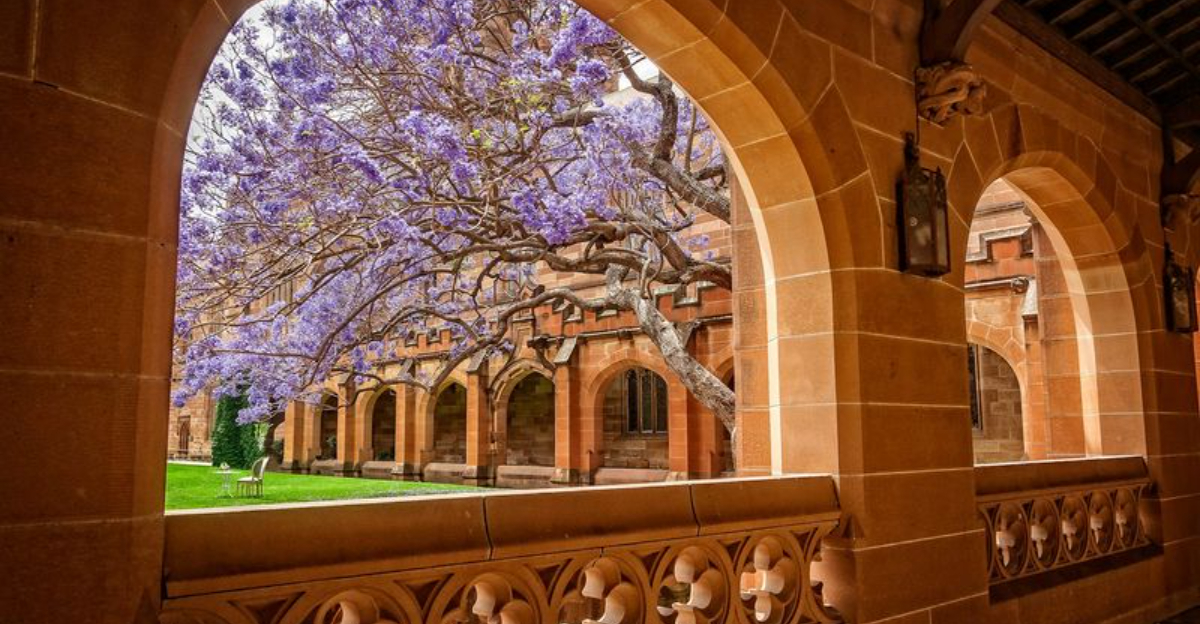
College campuses can either inspire your academic journey or make you question your tuition dollars. During my years visiting universities across the globe, I’ve walked through breathtaking academic paradises that made me forget about finals and deadlines.
I’ve also stumbled across some campuses so bland and uninspiring that they reminded me more of suburban shopping centers than centers of higher learning.
1. Stanford’s Palm-Lined Paths
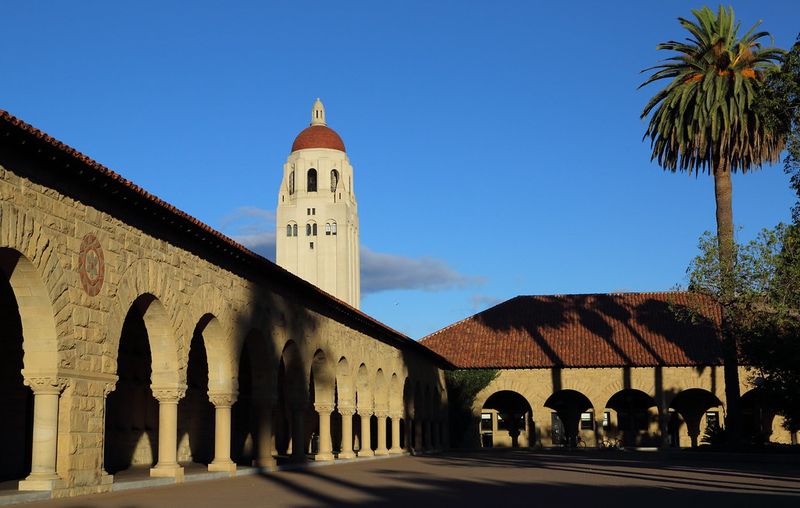
Walking through Stanford feels like strolling through a Mediterranean resort rather than a university. Sandstone buildings with terracotta roofs bask in California sunshine, creating a warm glow that makes textbooks seem like an afterthought.
Palm trees sway alongside academic buildings, and the expansive Main Quad offers perfect picnic spots between classes. I frequently found myself “studying” outdoors, though my books often remained closed.
The stunning Hoover Tower provides panoramic views that distracted me from midterm stress, while the outdoor art collection—featuring Rodin sculptures—transformed ordinary campus walks into museum visits. No wonder Stanford students look so happy!
2. Endless Parking Lots at ASU (Strip Mall Vibe)

Arizona State University’s Tempe campus left me feeling like I was navigating a concrete jungle rather than an academic haven. Massive parking structures dominate the landscape, creating a sea of asphalt that bakes under the desert sun.
Finding my way between classes meant trudging across these heat-radiating expanses with minimal shade. The campus buildings, while functional, lack architectural cohesion—some areas feel like office parks while others resemble shopping centers.
Though ASU has attempted to create green spaces, they feel like afterthoughts rather than integral design elements. The overall experience reminds me of navigating a suburban commercial district rather than a place of higher learning.
3. Oxford’s Storybook Quads
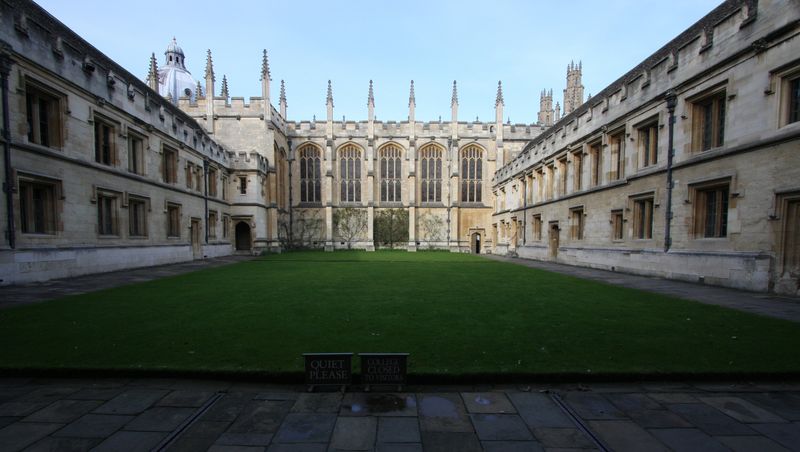
Stepping onto Oxford’s campus transported me straight into the pages of a British novel. The honey-colored stone buildings have witnessed centuries of scholarly debate, and I couldn’t help feeling the weight of history with each footstep across the worn cobblestones.
Each college has its own personality—Christ Church with its grand dining hall (yes, the Harry Potter one!), Magdalen with its deer park, and Radcliffe Camera’s perfect circular reading room. The enclosed quads create peaceful havens that seem frozen in time.
Punting down the River Cherwell between tutorials became my favorite procrastination activity. Oxford doesn’t just house academic excellence—it wraps it in architectural perfection that makes studying feel almost magical.
4. Generic Buildings at UNLV (Strip Mall Vibe)
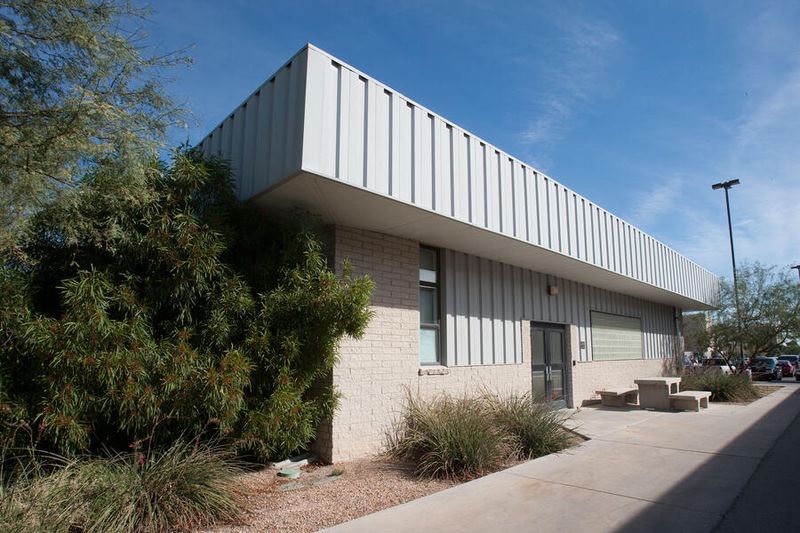
My first impression of UNLV’s campus was disappointment at how little it stood out from the surrounding Las Vegas commercial landscape. Many buildings feature that bland institutional architecture that could just as easily house government offices or corporate headquarters.
The campus lacks a cohesive design vision, with buildings that appear to have been added whenever funding became available without consideration for aesthetic harmony. Though located in a city famous for architectural spectacle, UNLV missed the opportunity to create a memorable campus environment.
Wide concrete walkways connect buildings with minimal shade—a serious issue in the Nevada heat. The overall feeling is utilitarian rather than inspiring, making it difficult to feel connected to the university’s academic mission.
5. University of Cape Town Views

Perched dramatically on the slopes of Devil’s Peak, UCT offers what might be the most spectacular backdrop of any university worldwide. Table Mountain rises majestically behind the campus, frequently draped in its famous “tablecloth” of clouds that spill over the plateau.
I found myself constantly distracted by the panoramic views of Cape Town and the Atlantic Ocean stretching toward the horizon. The blend of colonial-era buildings and modern facilities creates a campus that honors both history and innovation.
The university’s terraced design follows the mountain contours, creating unexpected vistas around every corner. Between classes, students gather on the Jammie Steps—the central staircase that serves as both meeting point and impromptu outdoor classroom—all while enjoying that million-dollar view.
6. Dreary Layout at FIU (Strip Mall Vibe)
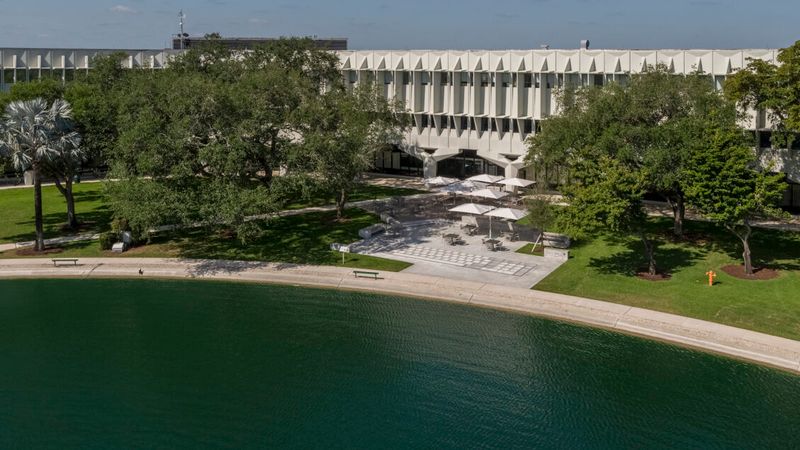
Florida International University’s main campus strikes me as a missed opportunity in a state known for lush landscapes. Despite Miami’s vibrant architectural scene, FIU opted for a collection of boxy, utilitarian structures that could easily be mistaken for office parks.
The campus layout feels disconnected, with buildings scattered without a clear central gathering space. Walking between classes often means navigating through parking lots rather than engaging green spaces.
Though Florida’s tropical climate could support beautiful landscaping, much of the campus features minimal vegetation beyond scattered palm trees. The overall impression is functional but forgettable—a place where you complete your degree requirements rather than form a lasting connection to your alma mater.
7. University of Bologna Charm
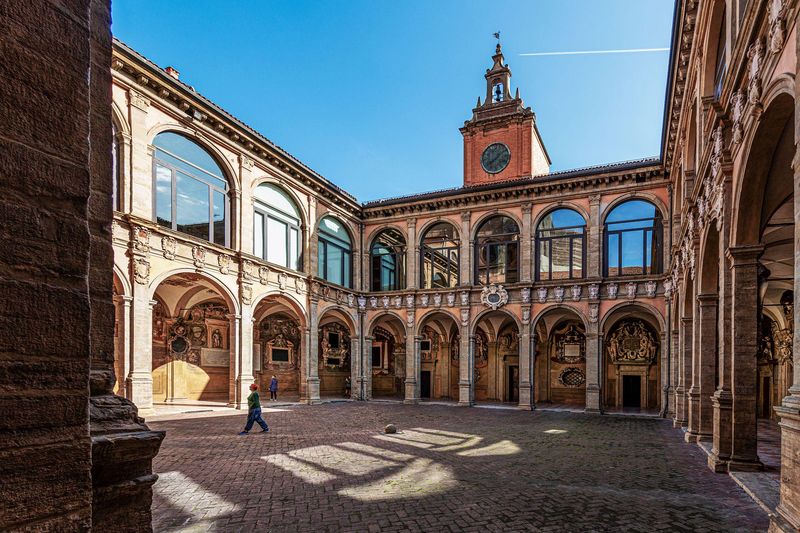
Studying at the world’s oldest university feels like attending class inside a living museum. Bologna’s campus isn’t isolated—it’s woven seamlessly into the medieval city center, with academic buildings tucked between cafes and centuries-old apartments under distinctive red porticoes.
My anatomy lectures took place in a room where Galileo once taught, while literature seminars unfolded in frescoed halls that made me forget about my phone notifications. The ancient anatomical theater, with its wooden carved ceiling and marble dissection table, transported me to the Renaissance with each visit.
Between classes, students spill into piazzas for impromptu discussions over espresso. Bologna blurs the line between university and city, creating an academic experience that feels like living inside history rather than just studying it.
8. UC Riverside Felt Flat (Strip Mall Vibe)
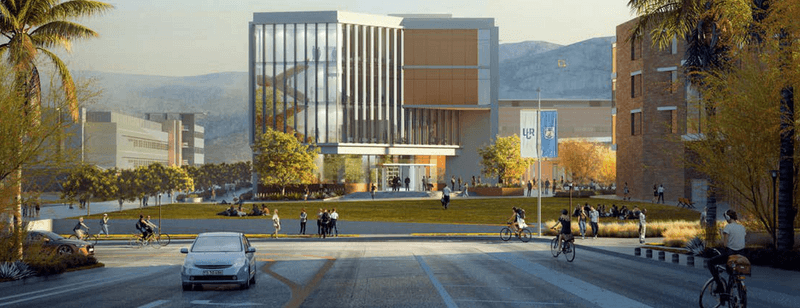
UC Riverside’s campus strikes me as a collection of buildings that prioritized function over form. The architecture lacks distinctive character—most structures could easily be corporate offices or government buildings without anyone noticing the difference.
Despite being in a region with spectacular mountain views, the campus layout doesn’t capitalize on its natural surroundings. Many buildings face inward toward concrete plazas rather than outward toward the landscape.
Though there are some green spaces, they feel like afterthoughts rather than central design elements. The overall impression is of a place built to process students efficiently rather than inspire them. Walking through campus, I couldn’t shake the feeling that I was navigating a business park rather than a center of learning.
9. Yale’s Gothic Grandeur
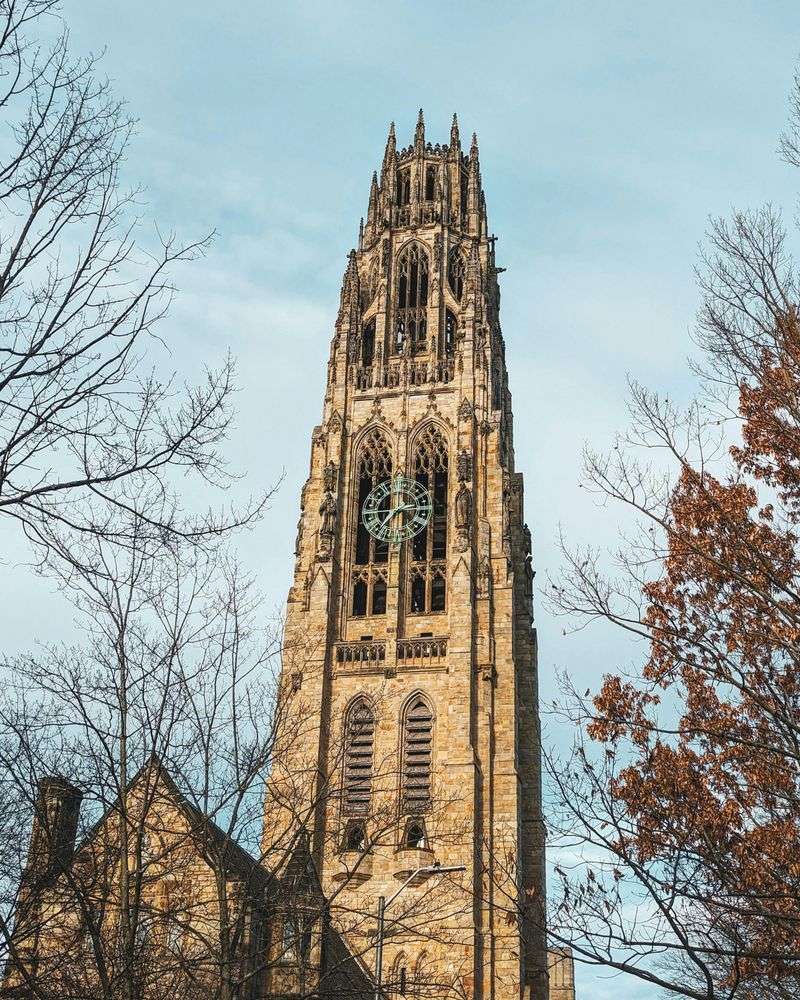
Wandering through Yale feels like exploring a medieval European university that was magically transported to Connecticut. The campus is dominated by imposing Gothic structures with stone towers, intricate carvings, and stained glass windows that filter sunlight into multicolored patterns across classroom floors.
Secret societies occupy mysterious windowless buildings, while ivy climbs stone walls that have witnessed generations of future presidents and poets. The residential college system creates mini-communities within the larger campus, each with its own dining hall that would make Hogwarts proud.
Sterling Memorial Library, with its cathedral-like atmosphere, made me whisper even when it wasn’t required. I frequently found myself taking longer routes between classes just to walk through the most beautiful courtyards and archways—academic deadlines be damned!
10. Texas Tech Sprawl Syndrome (Strip Mall Vibe)
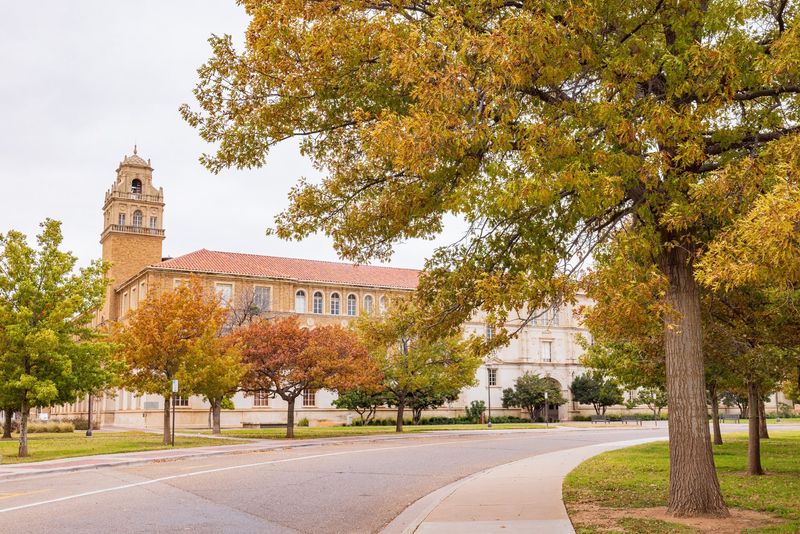
Texas Tech University in Lubbock epitomizes the phrase “everything’s bigger in Texas”—but not necessarily better. The campus sprawls across an enormous footprint, creating exhausting distances between classes that often require driving rather than walking.
While there’s architectural consistency with Spanish Renaissance styling and red tile roofs, the buildings themselves feel repetitive and impersonal. Large parking lots surround most facilities, creating a suburban shopping center vibe rather than an intimate academic community.
The flat West Texas landscape offers little natural variation to break up the monotony. Though efforts have been made with landscaping, the overall impression remains of a campus designed more for cars than for pedestrians or spontaneous intellectual exchanges. The scale simply feels wrong for fostering a connected university experience.
11. University of Sydney Greenery
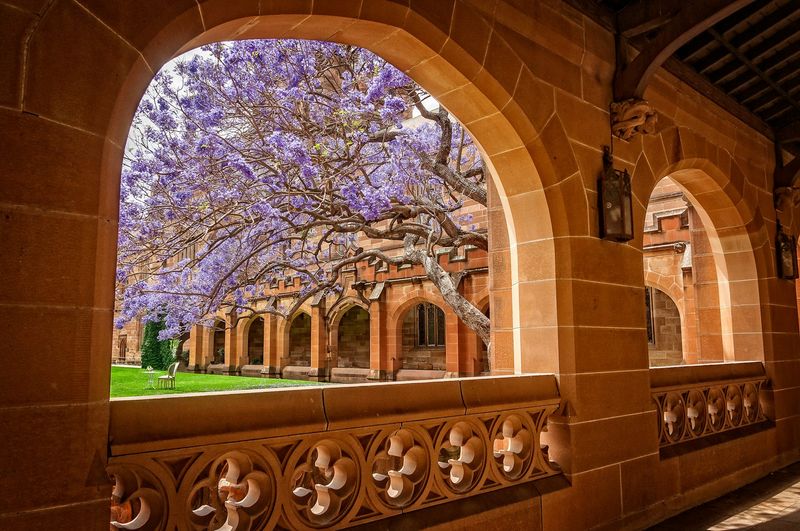
Sydney’s campus stunned me with its perfect balance of architectural grandeur and natural beauty. The sandstone Quadrangle building with its iconic clock tower feels transported straight from Oxford or Cambridge, yet remains uniquely Australian.
Jacaranda trees create a purple canopy each spring, carpeting lawns with lavender blossoms that made my walk to exams feel like strolling through a fairy tale. The campus seamlessly integrates formal gardens, wild green spaces, and even a lake where ducks paddle past students reviewing notes.
Modern facilities complement rather than compete with historic buildings. I frequently found myself arriving early to class just to enjoy the grounds—my favorite spot was under the giant Moreton Bay fig trees whose massive roots create natural seating areas perfect for impromptu study groups or peaceful contemplation.
12. University of Glasgow Elegance

Glasgow University’s main building looks like Hogwarts’ sophisticated older cousin, perched dramatically on a hill overlooking the city. The Gothic revival architecture features towers, spires, and cloisters that create a sense of academic gravitas impossible to ignore.
Scottish weather may be famously gloomy, but even on rainy days, the interior spaces glow with warm wooden paneling and stained glass. The Hunterian Museum houses fascinating collections within the campus, making knowledge literally accessible between classes.
I loved studying in the spectacular reading room with its vaulted ceiling, where centuries of scholars have contemplated big ideas before me. The hilltop location offers stunning views across Glasgow that constantly reminded me how a university should be both part of and slightly removed from the city it serves—a perfect balance of connection and contemplation.
13. Princeton’s Ivy Dream
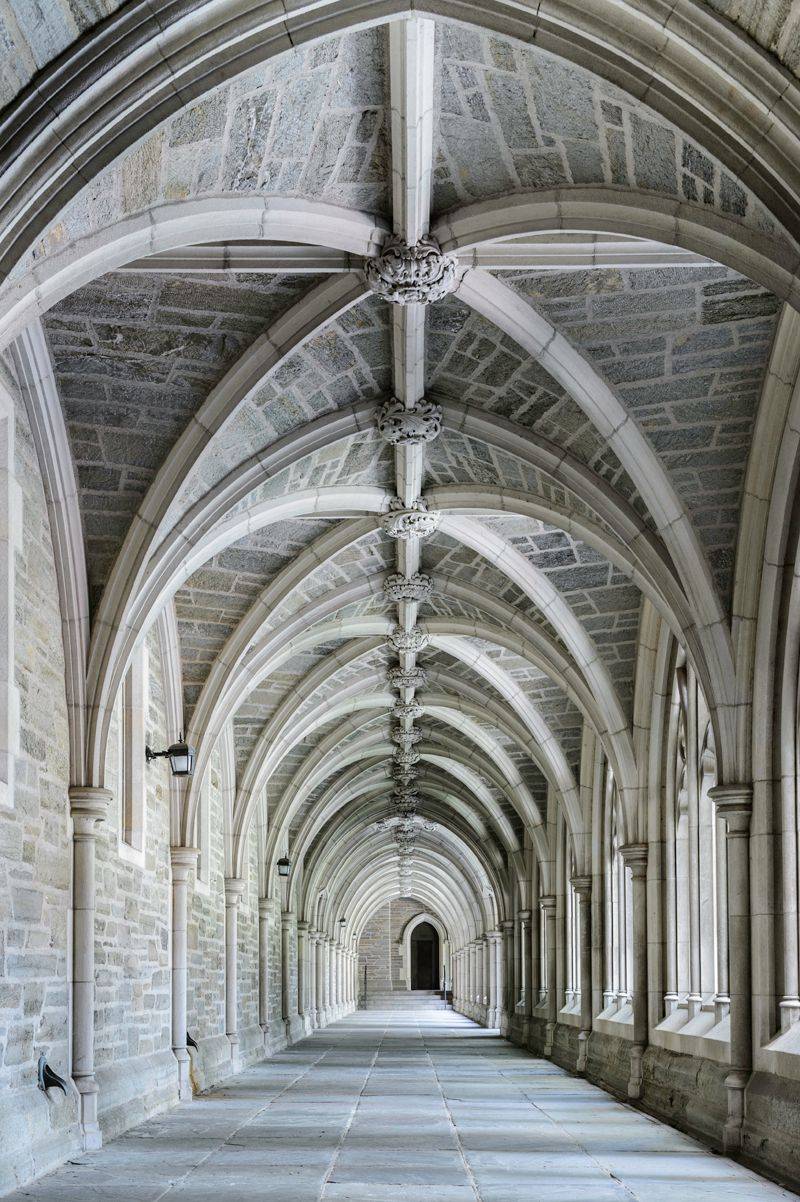
Princeton embodies that quintessential Ivy League aesthetic that has defined what many Americans think a college “should” look like. Collegiate Gothic buildings covered in actual ivy create a campus that feels both serious and whimsical at the same time.
The campus plan creates intimate courtyards and surprising vistas that reveal themselves as you wander. I loved how academic buildings seamlessly blend with residential colleges, creating a true living-learning community rather than separate zones for different activities.
FitzRandolph Gate marks the symbolic threshold between campus and town, though Princeton’s beautiful buildings extend into the surrounding community. My favorite discovery was the numerous outdoor sculptures scattered across campus—finding Henry Moore and Picasso works casually placed among trees made ordinary walks feel like visits to an art museum disguised as a university.
14. University of Salamanca Glow
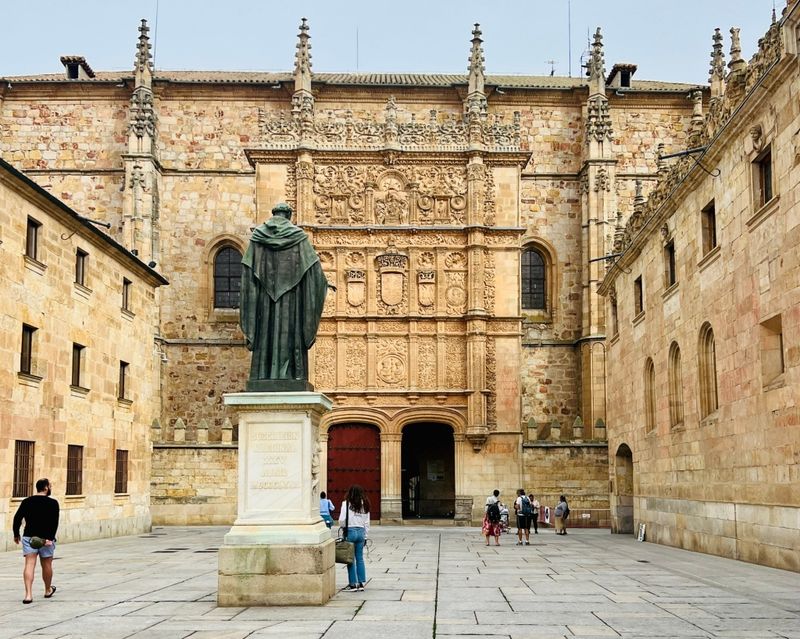
Spain’s oldest university captivated me with its golden sandstone buildings that seem to radiate warmth even on cloudy days. Founded in 1218, Salamanca’s campus feels like studying inside a perfectly preserved medieval town, with narrow streets opening unexpectedly into grand plazas.
The famous façade of the university features intricate carvings including a hidden frog that students traditionally must find for good luck on exams. I spent hours in the historic library with its astronomical ceiling and ancient manuscripts, feeling connected to centuries of scholars who studied under the same roof.
The Plaza Mayor just steps from campus becomes an extension of university life, where students debate philosophy over coffee late into the evening. Salamanca doesn’t just preserve history—it continues living it, creating an academic atmosphere that feels simultaneously ancient and vibrantly alive.
